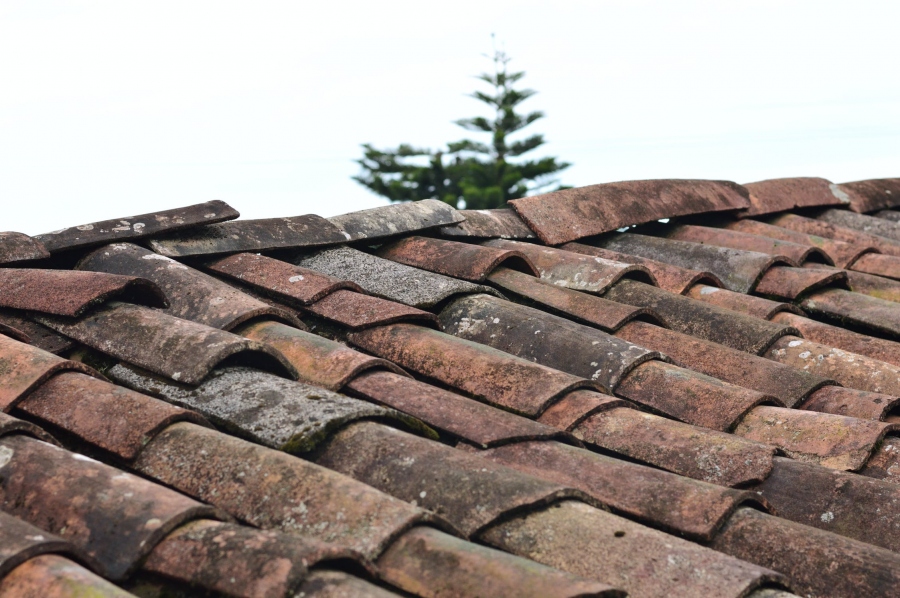When it comes to protecting against the elements, your home’s roof stands as the first line of defense. Therefore, it’s important that your roof is always in good condition so that it can successfully do its job. At some point, though, your roof will no longer provide adequate protection against the weather, and it will be time to replace your roof. To help you know when that day has arrived, here are a few ways to tell if your roof’s lifespan has ended.


The small rocks on the surface of your shingles are there to provide rigidity and color to your shingles. Over time, the bond between the shingle and the granules can begin to weaken, causing large black spots to appear where the shingles show through. If you notice these spots of different texture in multiple places across your roof, it indicates that your shingles are deteriorating and that it’s time to change them out.
Roof leaks are a strong sign that roof replacement might soon be necessary. If your shingles have failed to the point that water can find its way through some cracks and gaps, then your roof is no longer doing its job. Of course, a leaky roof could also be caused by a problem with a joint, so it’s important to have the cause of your leaky roof investigated by a professional roofing contractor. It’s nearly impossible for the untrained eye to be able to identify the source of leaks, especially without getting on the roof and exploring.
One or two missing shingles isn’t too much of an issue as long as you replace those shingles as soon as possible. However, the absence of multiple shingles in multiple locations indicates a larger problem. It could be that the sheathing underneath your roof has been softened due to moisture in your attic to the point that the wood can no longer hold the roofing nails. It could also be that the shingles themselves have become weak to the point that the nail heads can no longer hold the shingles to the roof.
If you’ve ever seen a roof with large, unsightly streaks across its surface, you’ve also seen a roof that likely needs to be replaced. The reason is that these streaks are often caused by tar from the underside of the shingles that has melted and run down the roof. As the materials that hold the tar in place begin to fail, there is nothing left to hold the tar back on a hot summer day. This then results in streaks that indicate it’s time to call a roofer.
Climbing around on your roof can be dangerous, especially if you’re not accustomed to the task. Therefore, if you suspect your roof might have a problem, it’s generally best to call a professional to inspect your roof for you unless you have the right equipment and knowledge to inspect your roof safely. After all, it doesn’t do you any good to save a few bucks if you’re in the hospital and can’t enjoy it.
You must be logged in to post a comment.